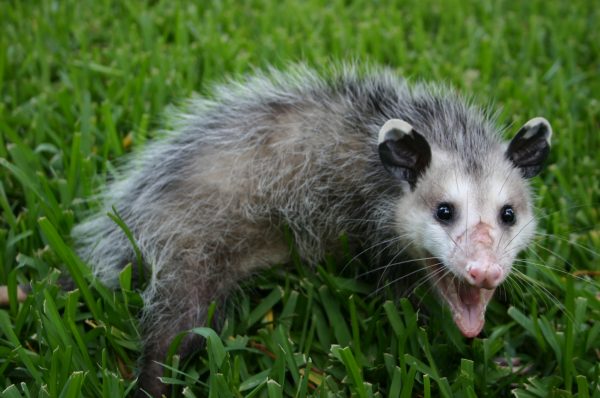Caterpillars – Which Ones are Poisonous
Q: My friends and I have found dozens of caterpillars under the trees in our school playground. How can you tell if a caterpillar is poisonous? Are there girl and boy caterpillars? I am nine years old. Nick East, Candler Park
A: Knowing how common tent caterpillars are at this time of year (April), I’d bet that is the creature you have found at recess.
Deciding whether a caterpillar is poisonous is more a matter of elimination than a definite science. In the first place, no hairless caterpillars are poisonous, to my knowledge. That eliminates inchworms and others of their slick ilk.
Caterpillars covered with hair or bristles, with one exception, are rarely poisonous. The “fuzzy-wuzzy” caterpillar that predicts winter cold is not poisonous nor is the gypsy moth or your tent caterpillar. Even caterpillars bearing fierce horns, such as the tomato hornworm and the hickory horned devil, are not harmful.
The most commonly encountered poisonous “worm” in Atlanta is the saddle-back caterpillar. It’s body is bright green and has a circular brown patch in the center of its back. Tufts of stiff white bristles at either end of its body exude a potent stinging chemical.
The puss caterpillar is the hairy exception I mentioned above. It doesn’t look like a caterpillar at all. It is the size of a twenty-five cent piece and is covered with soft brown fur. If you see one, don’t stroke it! Your fingers will burn and swell.
As you can see, most caterpillars are not poisonous. Just to be safe, ask a teacher next time before you play with something you













